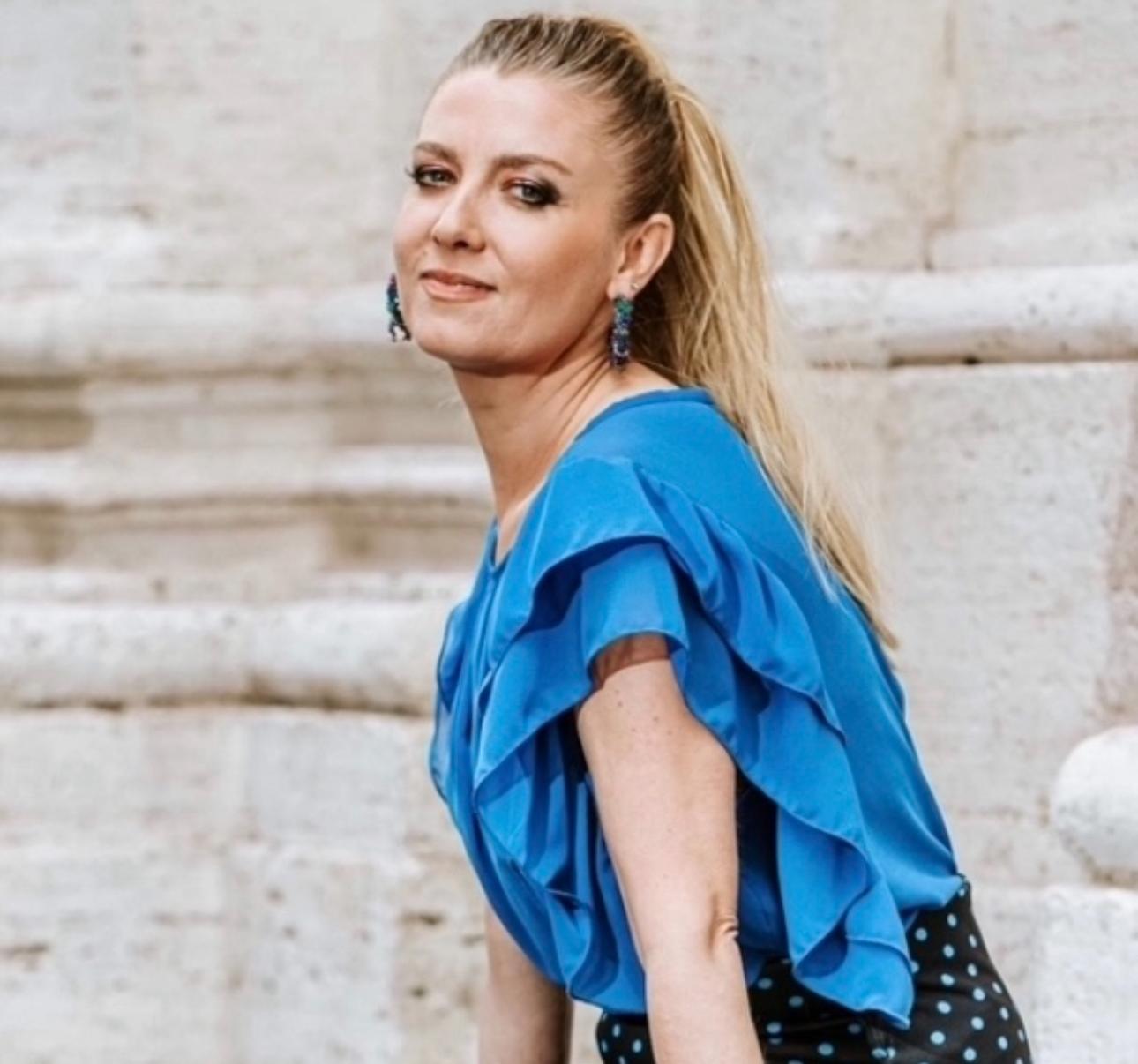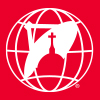It has been exactly twenty years since the world held its breath and Pope Saint John Paul II returned to the House of the Father.
Yet, despite the passage of time, his presence remains strong, and his legacy continues to inspire millions around the world.
Cardinal Stanisław Dziwisz, Former Personal Secretary to Pope John Paul II, highlighted, "He is at work, and it is visible. People turn to God through him and receive various graces—many of them.”
Two miraculous healings through his intercession—Sister Marie Pierre from Parkinson’s disease and Floribeth Mora Díaz from a terminal brain aneurysm—paved the way for his canonization, just nine years after his passing.
His impact went far beyond these miracles.
Archbishop Thomas G. Wenski, Archbishop of Miami, said, “John Paul II changed the world and the world that we live in today is in the shape of him, or at least in some aspects because of John Paul's witness. Especially when he went to Poland in 1979 and inspired the people by saying, ‘Do not be afraid.’ And asking the Holy Spirit to send and to change the face of this land.”
And Poland, his homeland, was just the beginning. The winds of change swept across Eastern Europe.
“Gorbachev told the Pope: 'I have read your documents, your encyclicals, and I have come to the conclusion that something must change in Russia,'” recounted Cardinal Dziwisz.
Archbishop Wenski added, “My first trip to Poland was in 1980, a year after the pope's visit, and the decorations were still out in front of the houses. You know the flags, the pictures of the Pope and you know, everybody knew that this was the beginning of change, the beginning of the end.”
Yet, in the fight to change the world, danger was always near, and the cost of freedom proved to be extremely high.
Cardinal Dziwisz told us of the assassination attempt on Pope John Paul II’s life:
“The Pope was standing, and I was sitting behind him. The second time we approached near the Bronze Gate, the shots were fired. The Pope was still standing—I even asked him, 'Where?' And he showed me—his abdomen had been shot through, and his hand was wounded. As he lost a lot of blood, he became weak, and that’s when I held him up.”
The Pope miraculously survived the assassination attempt in the Vatican on May 13, 1981, firmly believing that it was the intervention of the Mother of God that saved him.
“The Pope knew about the devotion to Our Lady of Fatima, but nothing beyond that. Then, while still in the hospital, the thought of the Fatima secret came to his mind. He asked for the texts, kept in the Congregation for the Doctrine of the Faith, to be brought to him at Gemelli,” Cardinal Dziwisz recalled.
His faith deepened even further. Cardinal Stanisław Dziwisz, his personal secretary for 39 years, recently shared exclusive insights with EWTN in Kraków, testifying about the Pope’s conversations with Sister Lucia of Fatima.
“She said, 'What Our Lady desired and what was written in those records has been fulfilled.' And as a request, she asked the Pope to consecrate Russia to the Immaculate Heart of Mary, together with the bishops, in St. Peter’s Square.”
And, so he did.
John Paul II—a tireless pilgrim, a messenger of peace, an avid athlete and skier, a polyglot, and a true friend of youth. But above all, he was a man of deep prayer—the source of strength behind everything he did.
One Vatican Radio Journalist Umberto Civitarese, accompanied Pope John Paul II on 60 trips:
“He always ended his day with a moment of prayer. Whenever he returned to the nunciature, he would go straight to the chapel to pray—always, without exception.”
Cardinal Dziwisz added, “His holiness was most evident in his prayer. He was a man of profound and unwavering prayer. He never displayed it openly, but those close to him could see how long John Paul II prayed.”
He had a deep love for the Rosary, and it remained with him until the very end, even when he could no longer speak. On the last day of his life, those in his apartment prayed it for him, joined by a crowd of young people in St. Peter’s Square, all united in prayer. His former personal secretary noted:
“We would carefully and discreetly open the window just enough for the voices to reach him—so he could feel the joy of knowing that all those people were there with him.
“A large group of young people had been keeping vigil for the second day. I went out to the square and told them, 'Go home.' But they replied, 'He was always with us, and now we want to be with him.'
“And they stayed. The youth never left him until the very end.”
SIGN UP FOR OUR NEWSLETTER HERE
Adapted by Jacob Stein
Camera: EWTN Polska. Special thanks & Credits to the Diocese of Krakow, Poland.

Born in Warsaw, Poland, in 1979, she is a linguist, translator, producer, writer, journalist, and a long-time foreign correspondent for Polish National Television TVP in Rome and the Vatican. She holds a master's degree from the University of Warsaw, doctoral studies from the Gregorian University in Rome, and post-master studies from the Diplomatic Academy in Warsaw. For 10 years, she was a translator for the Tribunal of the Roman Rota and the Apostolic Signature in the Vatican. She has produced over 20 documentaries about the Vatican and the papacy and authored four bestsellers about the Vatican and Rome. As the wife of a Pontifical Swiss Guard member, she lived for over 16 years in Vatican City, a neighbor to the last three popes. She is the mother of two teenage daughters and has been the EWTN Vatican correspondent in Rome since May 2024.







